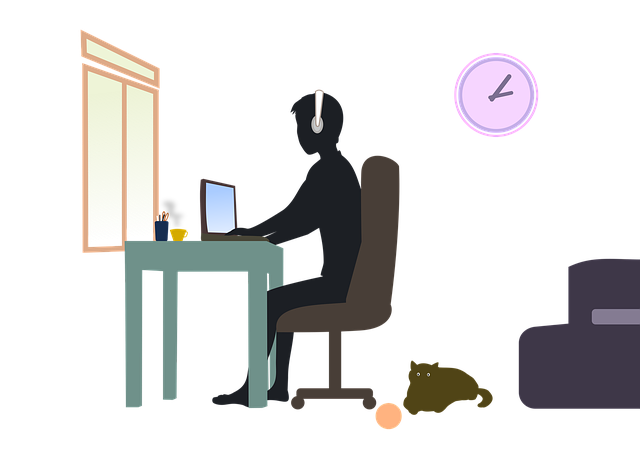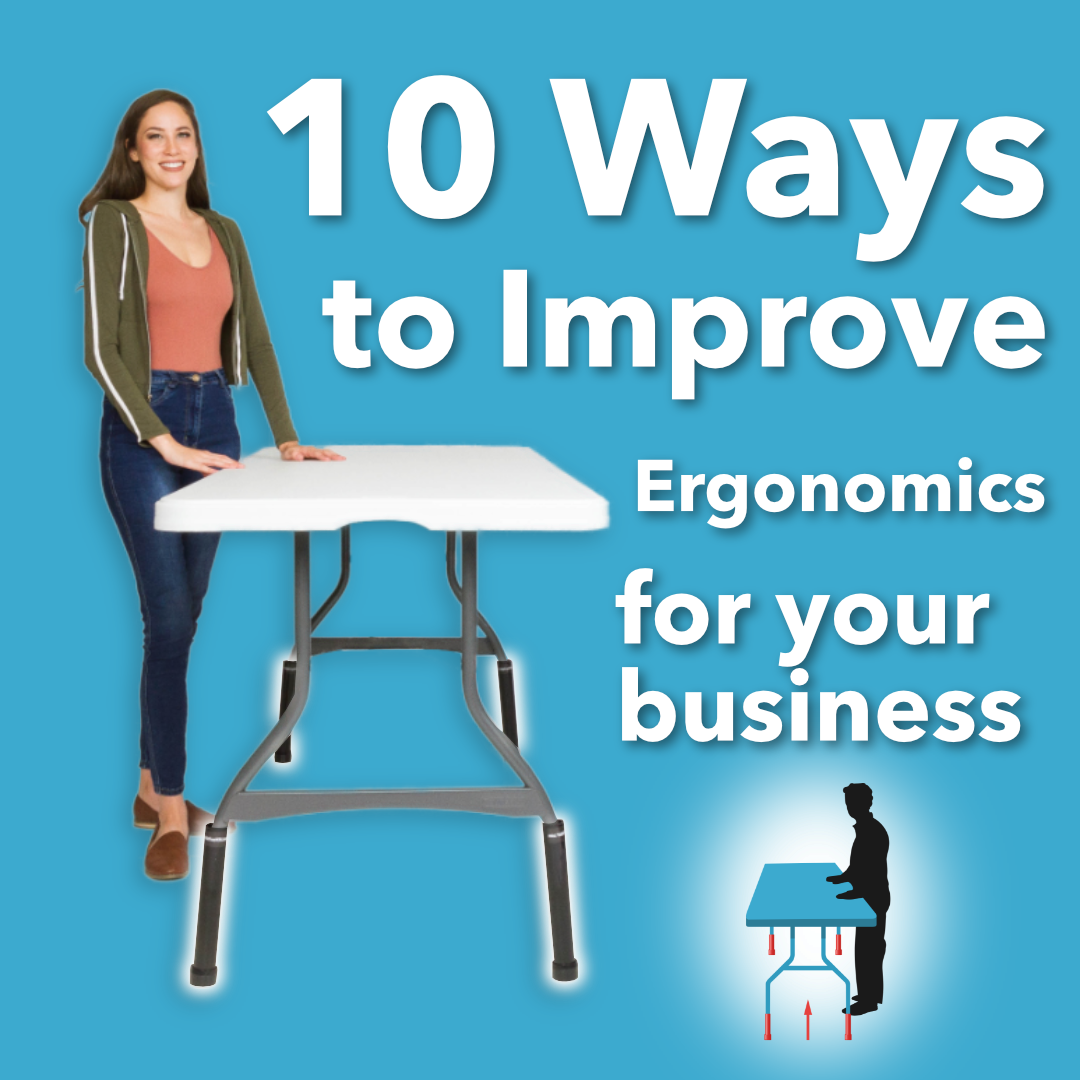Before the pandemic, working from home wasn’t very common. But when buildings started closing to halt the spread of the virus, many offices allowed their employees to work from home. It’s been a bumpy road so far, and what going forward looks like isn’t exactly clear either. Still, June 24 is National Work From Home Day.
As you may know, we’re located in California, and our restrictions were lifted as of June 15, 2021. That means that employers here now have the choice to continue to allow people to work at home some, all, or none of the time.
Did you enjoy working from home?
Not everyone who was able to get to a home office during the COVID-19 restrictions enjoyed it. For many introverts, of course, it was practically heaven on earth! But for others, working from home wasn’t quite so wonderful.
Most of the employees who enjoyed and benefited from not having a commute were those farther along in their careers, with existing networks. They were still able to keep up with their friends and colleagues, without relying on an office environment to help them connect.
However, the younger generation worried more about working from home. Even though it cut down on commutes and meals out, saving them money and time. Without the advantages of networks they were already plugged into, many had concerns about not having face-time with management and others who could support their career.
The companies themselves also had concerns about worker productivity, and whether team cohesion would be a problem. Fortunately technology came to the rescue. People who hadn’t previously used video conferencing discovered how useful it can be.
Of course, not everyone was able to work from home. Some businesses closed down, but other workers involved in delivery services were kept busy by people ordering online. Essential businesses such as grocery stores and drug stores had to stay open as well.
How will your company handle working from home once restrictions ease?
Some firms want their staff to be in the office everyday. But the employees who found working from home convenient and easy will likely resist. Even the ones who had some difficulty may be willing to go to a hybrid system, with some days in the office and some at home.
Having a little time in the office each week or so provides teams with the ability to bond together better. It also gives younger employees the chance to interact with mentors and colleagues.
Working from home some or all of the workweek?
Now might be a good time to revisit your working-from-home protocols, to make sure that your workspace is still a productive and pain-free setup. As the months went by, many workers may have found themselves adding home to work, and vice versa.
- Is it ergonomic?
If you’re properly positioned at your desk and in your chair (or on your stool), you‘ll keep your body neutral. That reduces the risk of harm. Elbows and knees should be at 90 degrees, and your feet on the floor. (Click here for our article with more details on how to set up your desk.)
- Can you carve out space just for work?
By now your home life might have crept into your home office. Take some time now to make sure that you remove anything not needed for work and find its home in your home.
In addition, if you’ve migrated to the sofa or living room or someone else that’s not your office, migrate back.
- Are you standing and/or moving during the day?
As you know, we talk a lot about the dangers of sitting. Even while you’re working from home, it’s important to get off your duff periodically. A standing desk can help (and we can help you transform your folding table into a standing desk pretty quickly.)
If you need some other reminders for easy ways to get up and move around while you’re working, no matter where, find the article here.
- Do you take necessary breaks?
It’s easy to get caught up in work, or just keep driving to finish a task. But of course that’s bad for your brain and your physical health. The human brain can concentrate for about an hour at a time, and then it needs a break.
Plus your eyes need a break from the screen, and if you’ve been sitting, your body needs a break from that.
It’s also a good idea to actually give yourself a lunch break. You can take a walk, eat with friends, or anything else. Just get away from the screen for a while, and being out in nature and/or with friends gives you a happiness boost.
- Is your equipment designed and/or modified for work?
If you’re working at your breakfast counter, on your sofa, or using a dining chair, your environment isn’t naturally ergonomic. You run the risk of injury. If you haven’t yet, get a chair and a desk that you can sit and stand at with proper positioning and posture.
If you’re working at a folding table, you don’t even need a new table. You can lift up the surface to stand comfortably.
Returning to (or remaining in) the office full time?
Make sure you’re able to work ergonomically as well. If not, talk to your employer about reconfiguring the space to reduce injuries.
After all, repetitive stress injuries are some of the most difficult to recover from. They’re also typically expensive to your company. Help them help you prevent injuries, because you don’t want to deal with a slow-healing body either!
Need to stand behind a folding table to work, craft, or anything else? They’re designed for sitting, so you need to lift up the surface to avoid injury and aches and pains (especially back pain.) Click here to view our full line of folding table risers that will have you standing comfortably in no time.
Lift Your TableⓇ… SAVE YOUR BACK!




